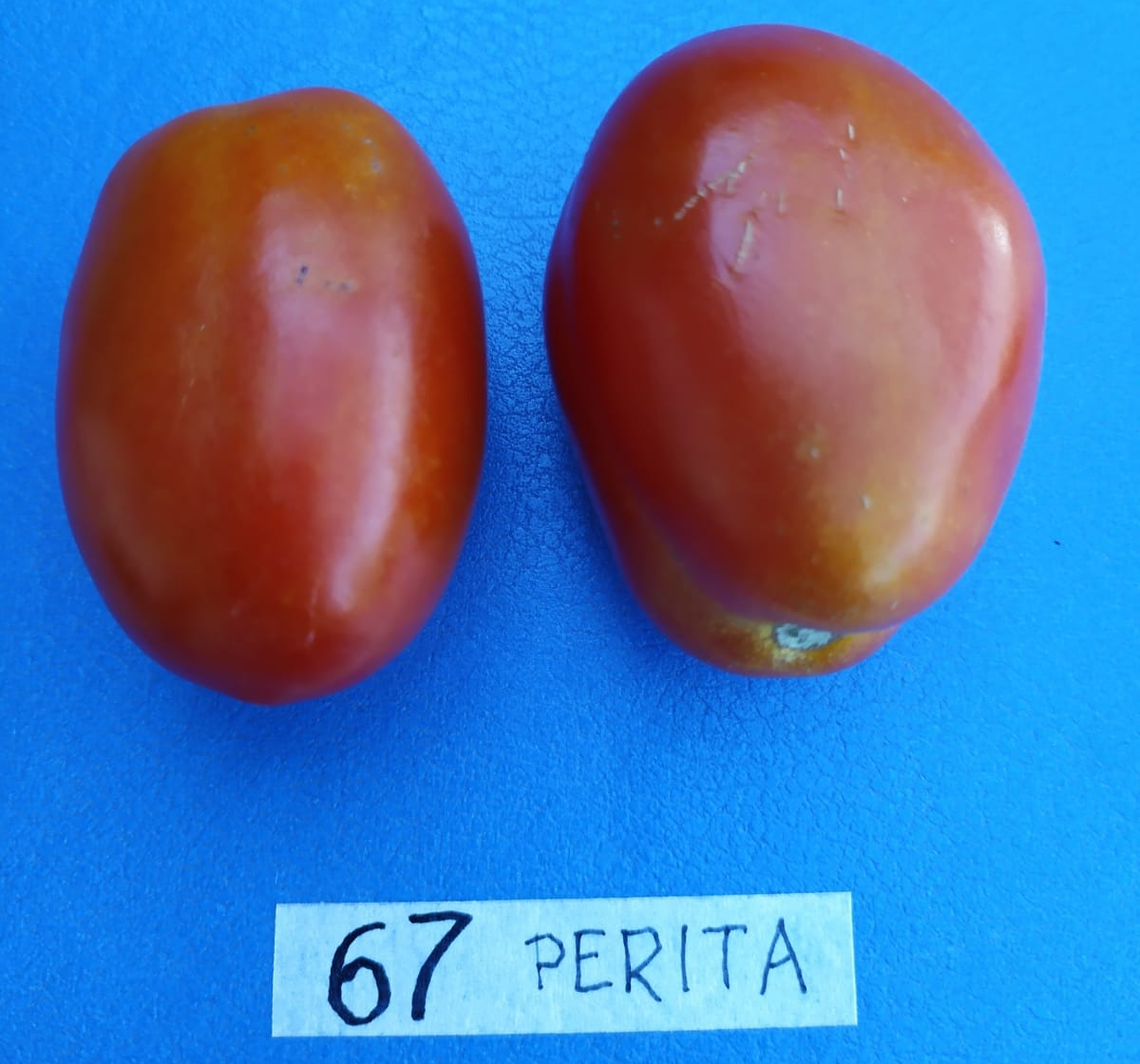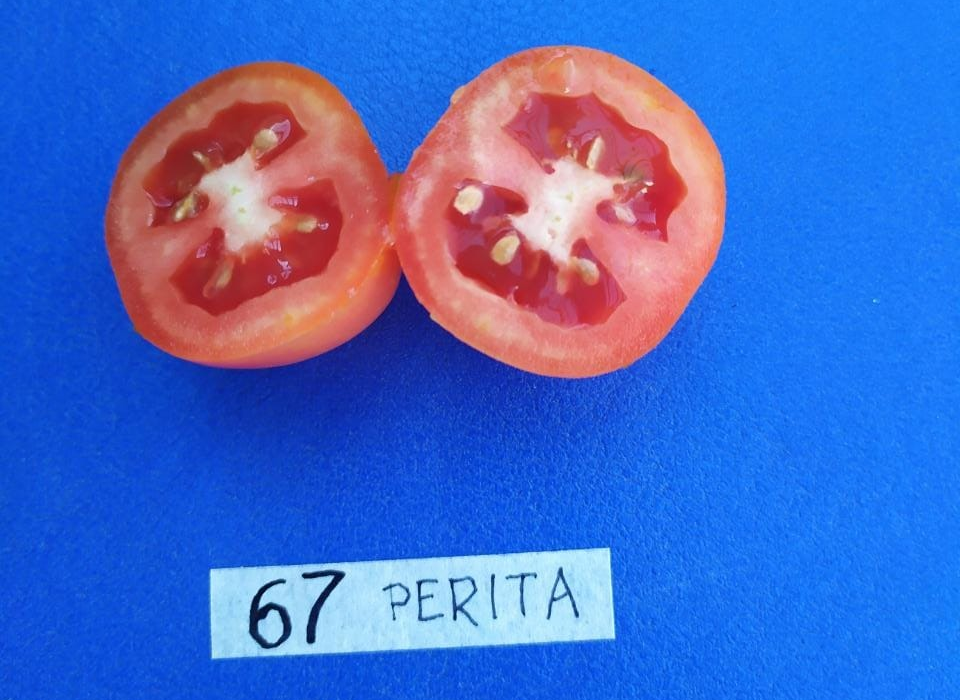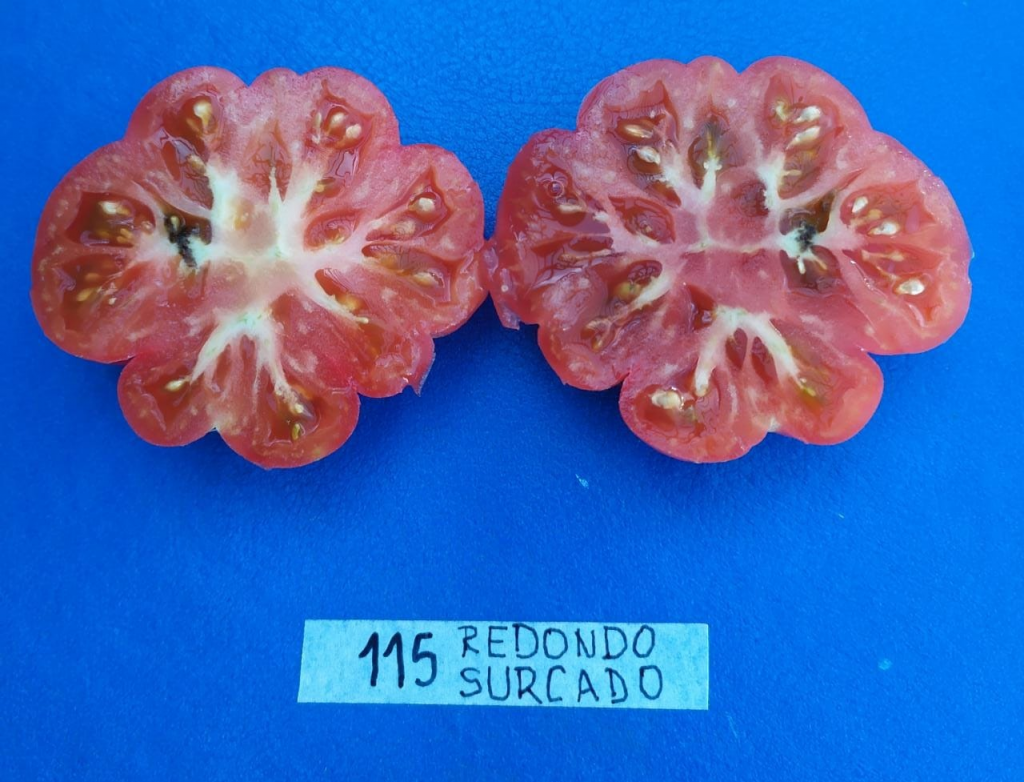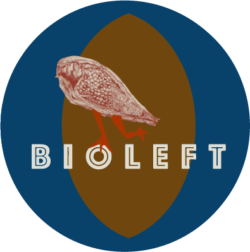From Bioleft, we have been working with the project “To the rescue of the criollo tomato” of the FAUBA Chair of Genetics for about 4 years. In the 2022-2023 campaign, they proposed to redistribute seeds again and that those who receive them also evaluate them and share their observations, especially the organoleptic characteristics. Once again, we decided to accompany the project in the follow-up of the evaluation and also this time the project “CódiGo TomATe” from the National University of Rosario also joined the proposal.
During August 2022, those who wanted to receive seeds from the project “Al rescate del tomate criollo” and “Código TomATe” were invited to evaluate their crops and share their experience. For this, we opened a form to withdraw seeds at the Faculty of Agronomy of the UBA and another to request the shipment of seeds to locations outside the AMBA. The call exceeded expectations, with 689 people registering to collect seeds and 271 to deliver them. In total, seeds were delivered to 588 people, in September to 317 people who came to pick them up at the fair and between September and November to the 271 who were outside the AMBA (90 in Buenos Aires, 5 in Catamarca, 6 in Chubut, 51 in Córdoba, 17 in Entre Ríos, 3 in La Rioja, 5 in Mendoza, 3 in Misiones, 10 in Neuquén, 13 in Río Negro, 4 in Salta, 5 in San Luis, 45 in Santa Fe, 2 in Santa Cruz and 12 in Tucuman).
The evaluation was carried out through worksheets that had been previously co-designed between Bioleft and farmers, and agreed with those who lead the tomato projects. To explain the objective of the campaign and the evaluation methodology, an introductory virtual workshop was held on August 29, which was also recorded and available on YouTube for those who could not attend (part 1 and part 2). The video-tutorials on tomato cultivation that we had published on YouTube the previous year (part 1 and part 2) were also made available. Those who received seeds were also added to a WhatsApp group where they could share their doubts about cultivation and evaluation. Follow-up through emails was also reinforced.
At the end of the crops, 48 participants had completed the evaluation completely, reaching the final stage of tasting. Of these, 29 belong to AMBA, 9 to Buenos Aires, 1 to Chubut, 1 to Córdoba, 1 to Neuquén, 3 to Río Negro, 1 to San Luis, 1 to Santa Fe and 2 to Tucumán. In other words, the number of people who evaluated those who received seeds, in proportion for each zone, was: 9.14% in AMBA, 10% in Buenos Aires, 16% in Chubut, 1.96% in Córdoba, 10% in Neuquén, 23.08% in Río Negro, 20% in San Luis, 2.22% in Santa Fe and 16.67% in Tucumán.



They evaluated 37 different varieties (35 from Al rescate del tomate criollo and 2 from “Código TomATe”), of which 5 criollo tomatoes were repeated at least 9 times (#67, #80, #90, #97 and #115). Seeds sown and emerged were recorded, with which the germination power of each variety could be calculated on average. They noted the dates on which they emerged, flowered and were harvested for the first time, allowing an approximation of the cycle of each variety to be obtained. They evaluated from 1 to 5 the tolerance of the plants against drought and sunburn, health and uniformity. They also tasted them and scored them from 1 to 9 (where 1 = disliked very much, 5 = neither liked nor disliked, and 9 = liked very much). The returns were not taken into account because their registration brought complications to the vast majority of the participants. Below is a table with the average values of the variables mentioned.
| Variety | Emergency percentage | Days between emergence and first flowering | Days between emergence and first harvest | Drought tolerance | Sunburn tolerance | Health | Uniformity | Taste |
| 67 | 87,96 | 58,50 | 114,60 | 3,71 | 3,86 | 4,14 | 4,29 | 7,125 |
| 80 | 74,44 | 73,33 | 110,75 | 3,33 | 3,63 | 3,25 | 2,93 | 6,333 |
| 90 | 64,31 | 50,14 | 97,00 | 4,00 | 3,68 | 4,20 | 4,06 | 7,300 |
| 97 | 53,12 | 82,25 | 108,50 | 3,81 | 3,56 | 3,88 | 4,14 | 7,333 |
| 115 | 55,19 | 60,20 | 109,83 | 3,50 | 3,92 | 4,07 | 3,86 | 6,800 |




These data, added to those obtained in previous campaigns, were useful for the project as they contributed to the characterization of each variety. For the next campaign, the objective is to redistribute seeds, but only of 3 varieties (#7, #56 and #172), which are on their way to being registered in the INaSe National Register of Cultivars, in order to have many more repetitions and thus obtain a much more robust characterization of them.
In addition, the WhatsApp group not only continued to circulate information about the behavior of tomatoes, their tasting, and photos, but also the participants commented that they are multiplying the seeds and have offered to share them with those who have received different varieties. Thus, a network of seed guardians begins to form, fulfilling one of the objectives of the FAUBA project, which is that the seeds remain in active circulation.
These 48 participants carried out very valuable evaluations but, especially, we want to highlight the participation of Gabriela Angaut, who carried out a very detailed evaluation not only of the varieties received in this campaign but also of those of a previous one, of which she had multiplied seeds; in total there were 9 varieties. She is also one of the people who continued to multiply this year and offers them to her companions. We thank her for her commitment and also all the participants and those who made this evaluation possible. The learning and exchanges that they gave us will allow the projects to continue growing. Next, we share a few words from Gabriela about her tomato experience:
I have always maintained that one of the most revolutionary attitudes that a person can have is to produce their own food. So the garden has been part of my existence since I can remember.
Gabriela Angaut, 59 years, docente jubilada
I was born and raised in Patagonia and I live in Dina Huapi, a town of 7,000 inhabitants located on the east coast of Lake Nahuel Huapi, before reaching Bariloche.
When in 2020, during the isolation due to the Covid-19 pandemic, the proposal came to me to become the guardian of the Creole tomato, of the Al Rescate del Tomate Criollo Program and I did not hesitate to join.
I received seeds of 3 varieties, round 63, perita 86 and (as a control) UCO18, around October or November, so I decided to sow for the 21/22 season, since the climate in this area is adverse, it is cold, and I knew that I was not going to be able to complete the cycle, even when I grow the tomatoes in a greenhouse.
I managed to get the plants to develop optimally and I obtained a good harvest from which I saved seed.
The flavor, color and aroma of the fruits motivated me to request again seeds from the program, and I offered myself to be a reception and distribution node in the region where I live. I received 3 more varieties, different from the ones I had, and another 3 from a colleague who could not pick them up.
With the accompaniment of the technicians of the program through the various channels offered by virtuality, I obtained an abundant harvest and saved seeds of the 9 varieties, and thus continue multiplying and exchanging to produce.
I am glad to be part of this network, since we not only recover the flavor of the tomato but also share experiences and knowledge that help us to continue cultivating.
I also highlight the initiative and drive of the technicians and scientists trained at state universities, who without their work and dedication this would not have been possible.
For me it was and is a delight for the palate and pampering the soul.
Let’s go for more!
